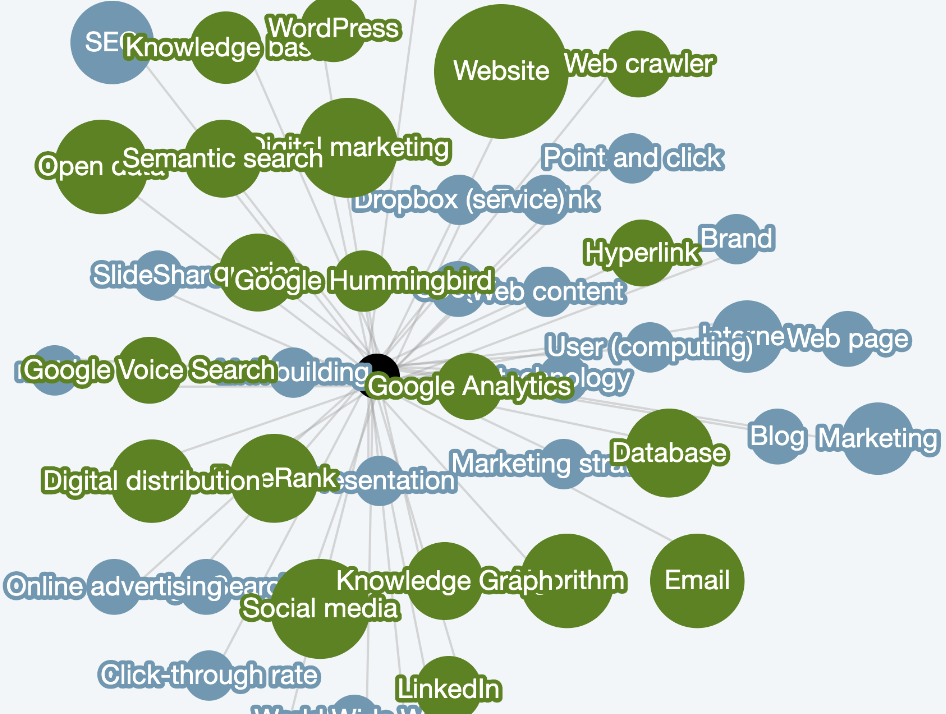Digital Marketing has not developed with the same consistency as traditional marketing plans. The industry is heavily prone to disruptive products changing the usual life-cycle of products,

Agile Marketing works
Develop a digital marketing strategy to act as an extension of the Agile or lean approach to product development. In other words, your online marketing plan can have a written form – and it really should! But it is better laid out as a number of small concepts and campaign ideas that can stand alone. The development of the strategy is then an iterative “reveal” of products and ideas, rather than an expensive punt on one big marketing bet.
Every Digital Marketing strategy needs some base components. They may vary from business to business but usually include:
- A website that can be continually modified by a non-technical team
- An understanding of Entity search and how your business will be defined within the Internet’s Ecosystem. This idea is the modern equivalent of search engine optimisation and reflects the new way in which sites like Google, Facebook and Twitter are all relying increasingly on Entities to scale their businesses.
- The story that your business will portray to the world. Users buy from emotion, not reason. Everything you say about yourself online will influence what your audience thinks about your business. The underlying story also helps internally to motivate the team and to ensure everyone develops the business in the same direction, based on the same values and moral compass.
5 Pillars of a Digital Marketing Plan
Here are some important foundations for a strong digital marketing strategy. If you can be continually progressing – however slowly – on all of these fronts at once, you should see a steady increase in your online presence.
1: Create a Rich digital asset base
Many businesses think that they only need a website and a means to promote it. On a modern internet, though, the best way to promote your brand is through creating a wide and varied set of digital assets, which will all contribute to the overall story you are hoping to portray to your audience. These include:
- A Video or Video channel. Youtube is free and can be optimised
- Rich imagery: On every blog post and on every social media profile
- Podcasts
- Case studies available in PDFs
- Presentations that your business has done to demonstrate thought leadership
This is not an exhaustive list by any stretch of the imagination. As you go through the digital marketing content on Dixonjones.com you will get a sense of how far these different assets may take you.
2: Turn your customers into Brand Advocates
Some brands seem to get talked about all the time online, whilst others only get talked about when things go bad. This is because some companies are much better than others at leveraging their existing user base. Dropbox, for example, used a powerful web offer to encourage customers to talk about the tool and get more storage for free. Finding the right hook to get your customers to do your selling online for you save a huge amount of cash!
3: Your Social Media must be proactive
I am amazed at the number of brands – large and small – who set up social media profiles and then never monitor them. Social Media is a powerful marketing channel when leveraged, but it comes with a big health warning… you cannot always control the message! But to ignore the channels completely is to abdicate altogether, giving your brand in its entirety to the public to use and abuse as you see fit. Be on top of brand mentions and use social media to promote interesting content to your fanbase. This applies to B2B just as much as B2C companies.
4: Create Iterative Processes
No company gets their online (or offline) marketing right straight out of the gate. Even if they do not make mistakes, it is unlikely that they can do everything at once. A good approach is to cover the main bases to start but then focus on one or two activities, to understand and improve them. Document the process – perhaps using an internal training video – so that the process itself can be explained and dissected. Once you are happy with a process, delegate it and move on.
5: No one person can do it all
Scaling your digital marketing is not easy… but leaving everything to one person is even worse. The skill sets needed for online marketing are legion and to expect one person to be good at everything is simply asking too much. For the same money, you may be better off either outsourcing the entire function to a good agency or by buying in specialist services on a regular basis. A social media expert for an hour a day may be better than asking the office manager to “keep an eye on things”. They simply won’t. Once you have refined a process, it should be ready to give to anyone to implement. They should rinse and repeat, month after month until it no longer has the digital impact you expect.
Would you like me to develop a